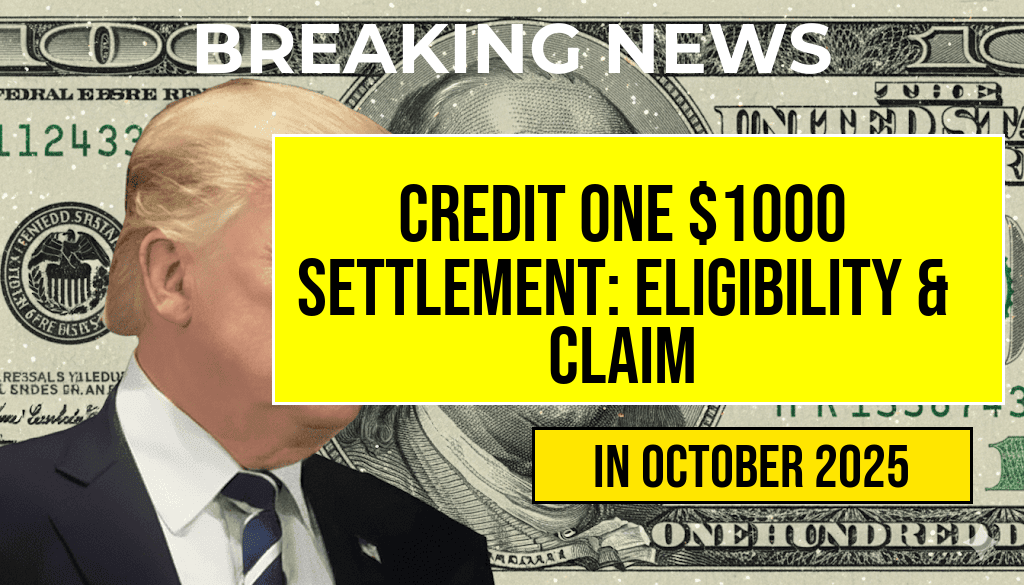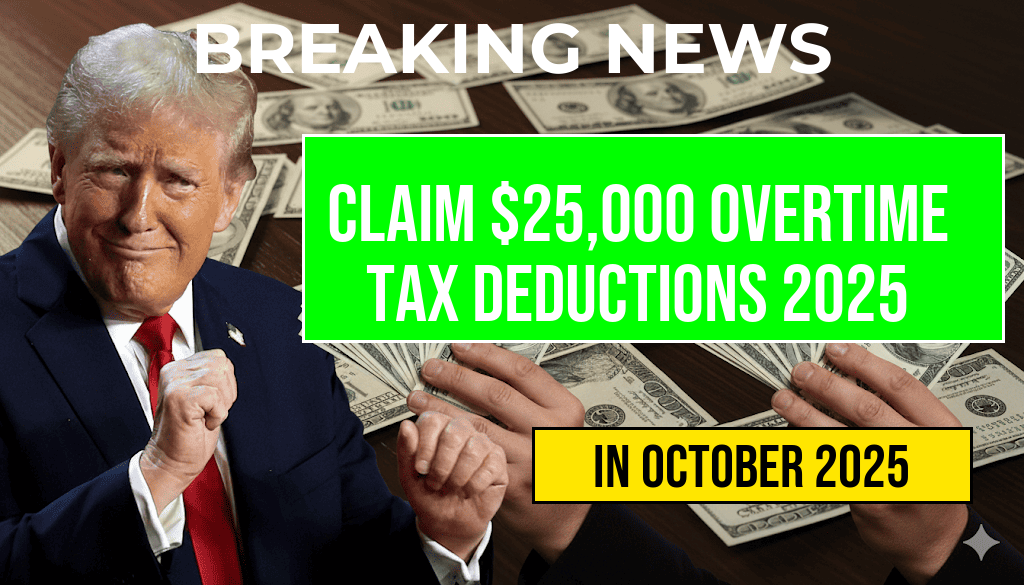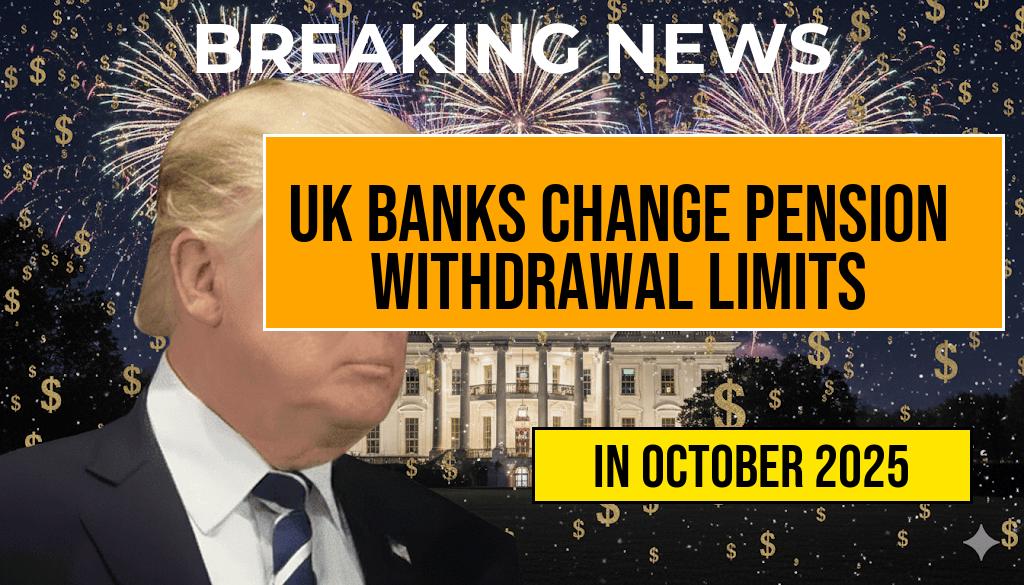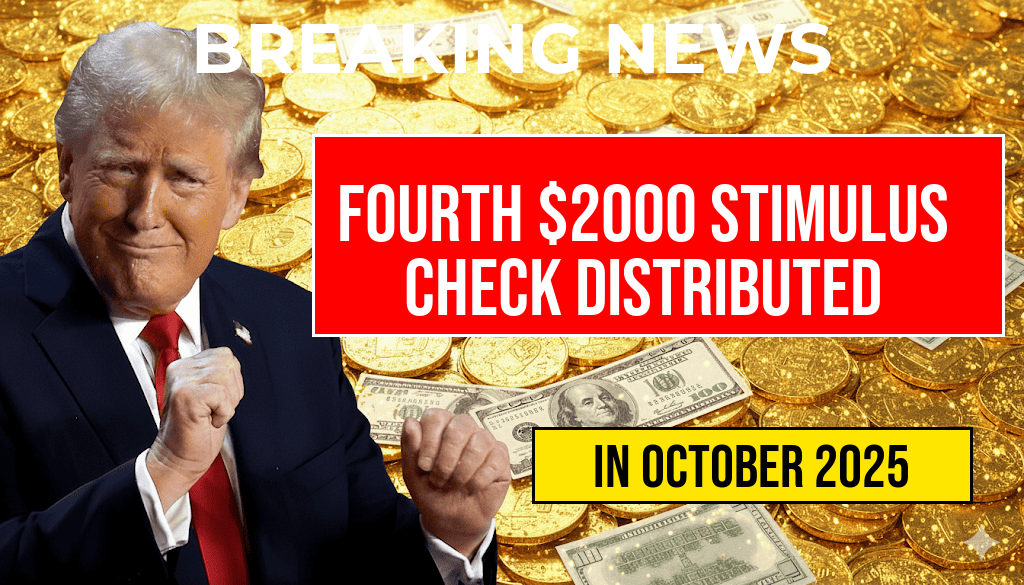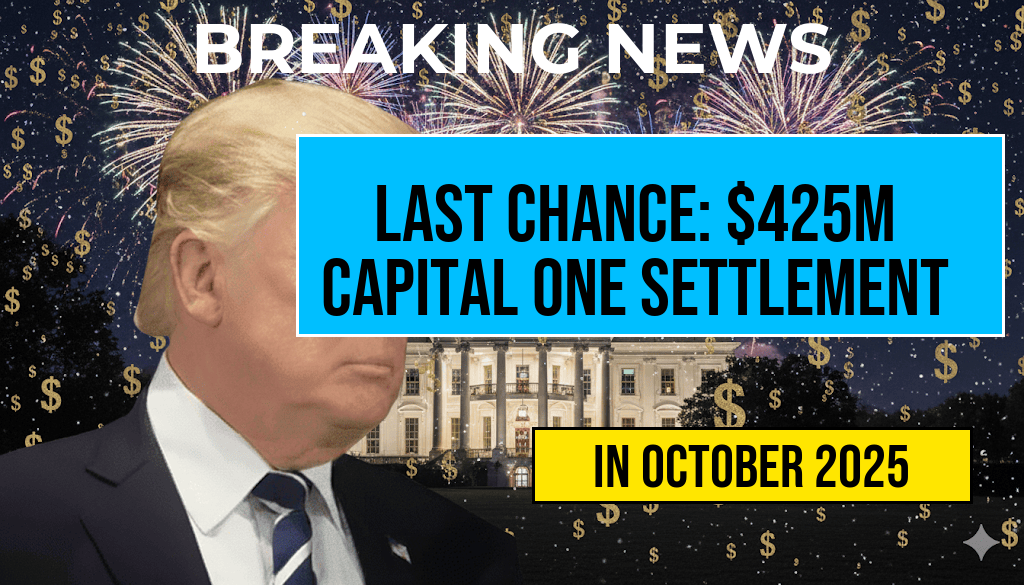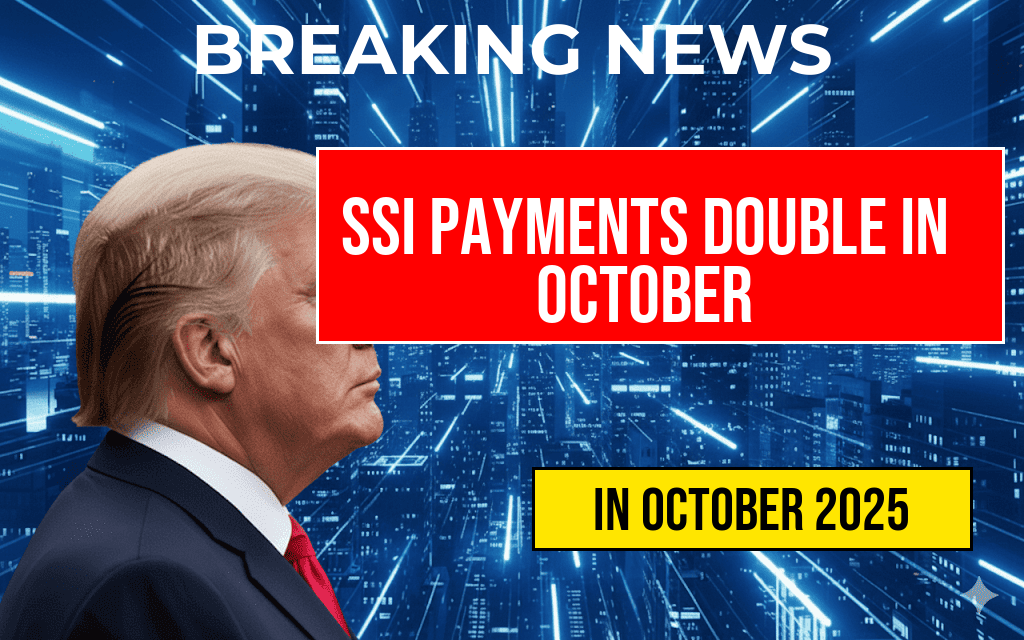The federal government has begun distributing the fourth stimulus check of $2,000 to eligible Americans, aiming to provide additional financial relief amid ongoing economic challenges. The latest round of payments is part of a broader effort to assist households facing rising living costs, inflation, and other economic pressures. According to official sources, eligible recipients across various states are expected to receive their funds via direct deposit over the coming weeks, with specific deposit schedules varying depending on the payment processor and state-specific distribution plans. This initiative continues the series of stimulus payments introduced over the past year, designed to bolster household finances and stimulate economic activity during uncertain times.
Eligibility Criteria for the $2,000 Stimulus Check
Eligibility for the fourth stimulus check largely depends on a combination of income levels, household status, and specific qualifying conditions outlined by federal and state authorities. While some payments are targeted toward low- and middle-income families, others are distributed based on age, employment status, or disability considerations. The following criteria are generally applicable:
Basic Eligibility Requirements
- Income Limits: Individuals earning up to $75,000 annually or couples with combined incomes up to $150,000 are typically eligible. Income thresholds may vary slightly depending on state-specific programs.
- Filing Status: The payments are primarily directed toward filers who submitted their 2022 or 2023 tax returns, with some states extending eligibility to non-filers under certain conditions.
- Residency: Applicants must be residents of the state or region distributing the stimulus, with proof of residency required in some cases.
- Age and Household Composition: Some programs prioritize households with children, seniors, or individuals with disabilities.
Additional Qualifying Factors
- Recipients of Social Security, SSDI, or VA benefits may also be eligible, provided they meet income and residency criteria.
- Unemployment recipients and workers in specific sectors impacted by economic downturns are sometimes prioritized.
- Individuals with dependents or those enrolled in assistance programs such as SNAP may qualify for supplemental payments or expanded eligibility.
Distribution Schedule and How to Receive Funds
The deposit schedule for the $2,000 stimulus checks varies by state and the distribution channel used. Most payments are processed via direct deposit, with some states offering check or prepaid card options. Officials encourage recipients to verify their payment status through official portals to avoid scams or delays.
Deposit Timeline
| State / Region | Payment Release Date | Expected Deposit Date |
|---|---|---|
| California | First week of November 2023 | Within 7-10 days of release |
| New York | Mid-November 2023 | Within 10 days of release |
| Texas | Late November 2023 | Within 7 days of release |
Recipients are advised to regularly check their bank accounts or official state portals for updates. For those who have not yet set up direct deposit, alternative options such as prepaid debit cards or paper checks may be available, subject to state-specific procedures.
Additional Support and Resources
Individuals seeking more information about eligibility or the distribution process should consult official government websites such as IRS.gov or state-specific economic relief portals. These sources provide detailed guidance, application instructions, and FAQ sections to assist applicants. Some states have also set up dedicated helplines to address questions related to the stimulus payments.
Implications and Future Stimulus Considerations
The ongoing distribution of stimulus checks reflects a sustained effort by policymakers to support economic recovery. While the current round provides immediate financial relief, discussions about future stimulus measures continue, especially in response to evolving economic conditions or unforeseen crises. Experts suggest monitoring economic indicators and government announcements for updates on potential additional support initiatives.
For more detailed information about the latest stimulus payments and to verify your eligibility, visit authoritative sources such as the Washington Post or the official IRS website.
Frequently Asked Questions
What is the purpose of the fourth stimulus check of two thousand dollars?
The fourth stimulus check aims to provide financial relief to eligible individuals and families facing economic challenges, helping them cover essential expenses during difficult times.
Who is eligible to receive the two thousand dollar stimulus payment?
Eligibility is determined based on income thresholds, filing status, and other criteria set by the program authorities. Typically, low- to moderate-income households who meet specific requirements qualify for the payment.
When will the deposit schedule for the stimulus checks be announced?
The deposit schedule is being rolled out progressively. Details regarding payment dates and distribution timelines will be communicated through official channels soon, so eligible recipients can anticipate when to expect their payments.
How can I confirm my eligibility for the fourth stimulus check?
You can verify your eligibility by checking the official government website or notification from the relevant agency. Ensure your income information and filing status are up to date to determine if you qualify.
Are there any additional requirements to receive the stimulus payment?
Yes, some recipients may need to submit a claim or update their information through official portals. It’s important to stay informed about application procedures and documentation needed to ensure timely receipt of the stimulus funds.

